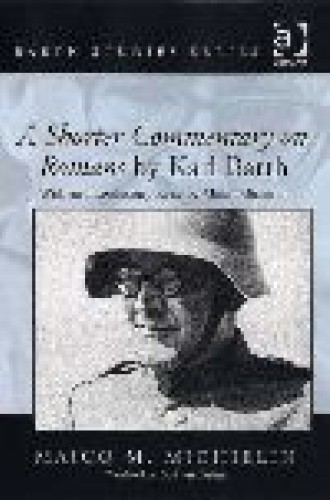5 essential books on Paul
This is the best general introduction to Paul and to his writings. While accessible to beginning students, it reflects a depth of engagement with Paul’s theology and soteriology to which mature students of Paul will return again and again. Keck’s theological approach, shaped in part by his engagement with the work of Ernst Käsemann, to whom the book is dedicated, takes seriously Paul as a pastoral theologian and as one who responded to specific situations in his churches by referring them back to the pivotal event of Christ’s death and resurrection.
This important collection of all things Pauline presents annotated texts of Paul’s undisputed letters, subsequent works in the Pauline school, and pseudo-Pauline works, before turning to the complicated history of the reception of Paul through history. It is an invaluable resource for understanding views of Paul in the ancient church, patristic readings of Paul, and the 19th-century attack on the apostle that still shapes much of the current prejudice against him. The book provides short articles on selected topics, such as law and grace and Paul’s relation to Judaism. It demonstrates exegetical strategies (using notoriously difficult passages from Romans 7 and Romans 13) and brings the reader up to date on some of the most pressing questions of interpretation.
Gaventa explores Paul’s use of maternal imagery and shows that the maternal metaphors (apostles as infants and nurses, Paul as mother, ministry as mother’s milk, the birthing of creation) lie at the very heart of Paul’s theology of “the God who will not be taken for granted.” For various good reasons, women have struggled with Paul. We are fortunate to have Gaventa and a number of other outstanding female Pauline scholars (Alexandra Brown, Susan Eastman, Cynthia Kittredge, Margaret Mitchell, Elisabeth Schüssler Fiorenza, to name just a few) who are engaging Paul theologically and critiquing Pauline scholarship in useful ways.
The groundbreaking work of E. P. Sanders in the mid-1980s developed the “new perspective on Paul,” an attempt to understand Paul’s theology in the context of first-century Judaism rather than in the light of Luther and Calvin. The meaning of Paul’s language about the righteousness of God in Christ and its implications for humanity have been hotly disputed ever since (including in the recent book-length exchanges between John Piper and N. T. Wright). This book focuses on the ecumenical significance of the debate over justification (for which Pauline texts form the starting point) and on the 1999 joint statement on justification by the Roman Catholic Church and the Lutheran World Federation. Aune’s collection of essays from a theological conference on that statement held at Notre Dame in 2002 is an invaluable reminder that we read Paul through the lenses of our own traditions, and that our reading of him is enriched when we engage ecumenical partners.
Barth’s Epistle to the Romans (1919; second edition 1922) was described as “the bombshell dropped on the playground of the theologians” because of its attack on any attempt to link Jesus to human culture and achievements. This shorter commentary on Romans comes from the era when Barth was engaged in a classic debate with Rudolf Bultmann on theological anthropology (see Christ and Adam: Man and Humanity in Romans 5). Barth remains one of the greatest readers of Paul, and this book is an accessible introduction that will lead the reader more deeply into Barth’s thought.










